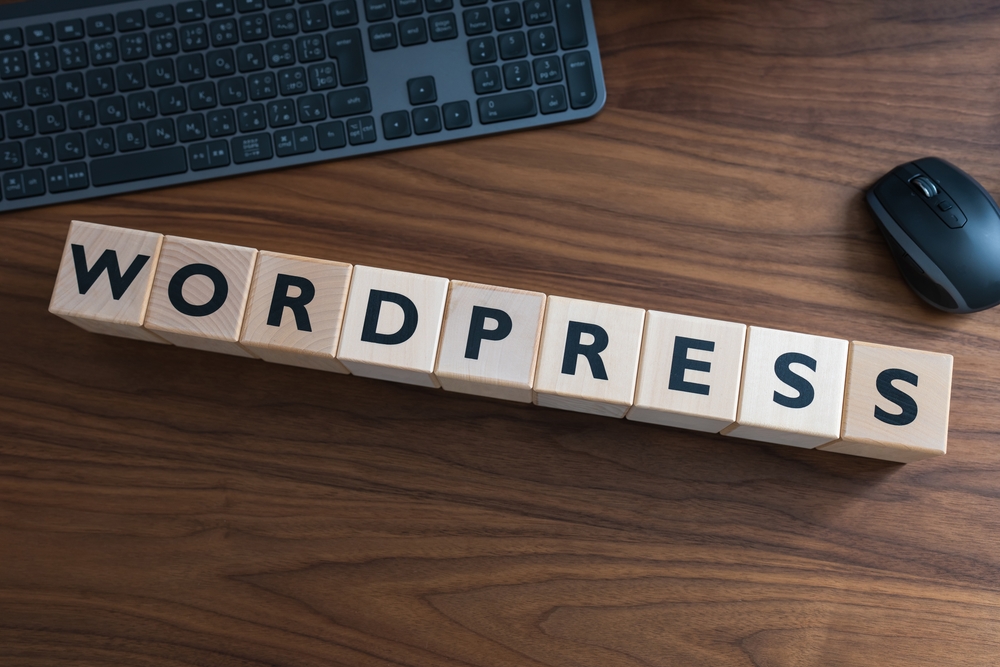
With the rise of the internet and social media, blogging has become an essential part of our online culture. Whether you're a business owner looking to promote your brand or an individual looking to share your passions with the world, creating engaging content is key to success in the blogosphere. In this article, we'll explore some tips and tricks for mastering the art of blogging and creating content that captivates your audience.
Know Your Audience
One of the most important aspects of creating engaging blog content is understanding who your audience is. Before you start writing, take some time to research your target demographic. What are their interests? What are their pain points? By knowing who you're writing for, you can tailor your content to meet their needs and keep them coming back for more.
Write Compelling Headlines
Your blog post's headline is usually the first thing that readers see, so it's essential to make it compelling. A strong headline should be attention-grabbing and give readers a clear idea of what to expect from the rest of the post. Use power words, questions, or numbers to pique readers' curiosity and entice them to click through to your blog post.
Use Engaging Visuals
In addition to well-crafted headlines, incorporating engaging visuals into your blog posts can help capture readers' attention and make your content more shareable. Whether it's photos, infographics, or videos, visual content can break up text-heavy weblog site and enhance the overall reading experience for your audience.
Tell Stories
Humans are wired to respond to storytelling, so incorporating narratives into your blog posts can make your content more relatable and memorable. Whether you're sharing personal anecdotes, case studies, or client testimonials, storytelling can help establish an emotional connection with your readers and keep them engaged throughout the post.
Offer Value
Ultimately, the key to creating engaging blog content is to offer value to your readers. Whether it's providing helpful tips and tricks, sharing industry insights, or entertaining your audience with funny anecdotes, your content should be informative, entertaining, or inspiring. By consistently offering value to your readers, you can build trust and credibility, leading to increased engagement and loyalty over time.
Be Authentic
Authenticity is essential in the world of blogging. Readers can sniff out insincerity weblog website from a mile away, so it's crucial to be genuine and authentic in your writing. Whether you're sharing successes or failures, being transparent and vulnerable can help you connect with your audience on a deeper level and build trust with your readers.
Engage with Your Audience
Building a community around your blog is crucial for long-term success. Engage with your audience by responding to comments, asking for feedback, and encouraging social sharing. By fostering a two-way conversation with your readers, you can create a sense of belonging and loyalty that will keep them coming back to your blog for more.
Stay Consistent
Consistency is key when it comes to blogging. Whether it's publishing new content on a regular schedule, maintaining a consistent writing style, or sticking to a specific theme, staying consistent can help you build brand recognition and keep your audience coming back blog for more. Set realistic goals for your blog and stick to them to build momentum and grow your readership over time.
Optimize for SEO
Search engine optimization (SEO) plays a crucial role in driving organic traffic to your blog. By optimizing your blog posts for relevant keywords, creating high-quality backlinks, and improving your site's loading speed, you can improve weblog your blog's search engine rankings and attract more readers to your content. Stay up to date on the latest SEO trends and best practices to ensure that your blog remains visible and accessible to your target audience.
Monitor and Analyze
Finally, to master the art of blogging and create engaging content, it's essential to monitor and analyze your blog's performance regularly. Use analytics tools to track key metrics such as page views, bounce rate, and social shares to understand what's working and what's not. By analyzing this data, you can make informed decisions about your content strategy and continuously improve your blog's performance over time.
Frequently Asked Questions
Q: How often should I post on my blog?
A: The frequency of your blog posts will depend on your goals, audience, and blog site resources. It's essential to find a balance that allows you to consistently create high-quality content without sacrificing quantity for quality.
Q: How long should my blog posts be?
A: There is no one-size-fits-all answer to this question, as the optimal length of a blog post will vary depending on your topic and audience. Generally, aim for at least 500 words to provide enough depth and value to your readers.
Q: Should I focus on evergreen content or trending topics?
A: Both evergreen content and trending topics have their place in a successful blog strategy. Evergreen content provides long-term value and can drive consistent traffic to your blog, while trending topics can help you capitalize on current interests and boost your blog's visibility.
Q: How can I monetize my blog?
A: There are various ways to monetize your blog, including affiliate marketing, sponsored content, selling digital products or services, and display advertising. Choose monetization strategies that align with your content and audience to maximize your earning potential.
Q: How can I grow my blog's audience?
A: Growing your blog's audience takes time and effort, but there are strategies you can use to increase your reach and attract new readers. These include promoting your content on social media, collaborating with other bloggers, guest posting on relevant sites, and optimizing your blog for search engines.
Other useful resources